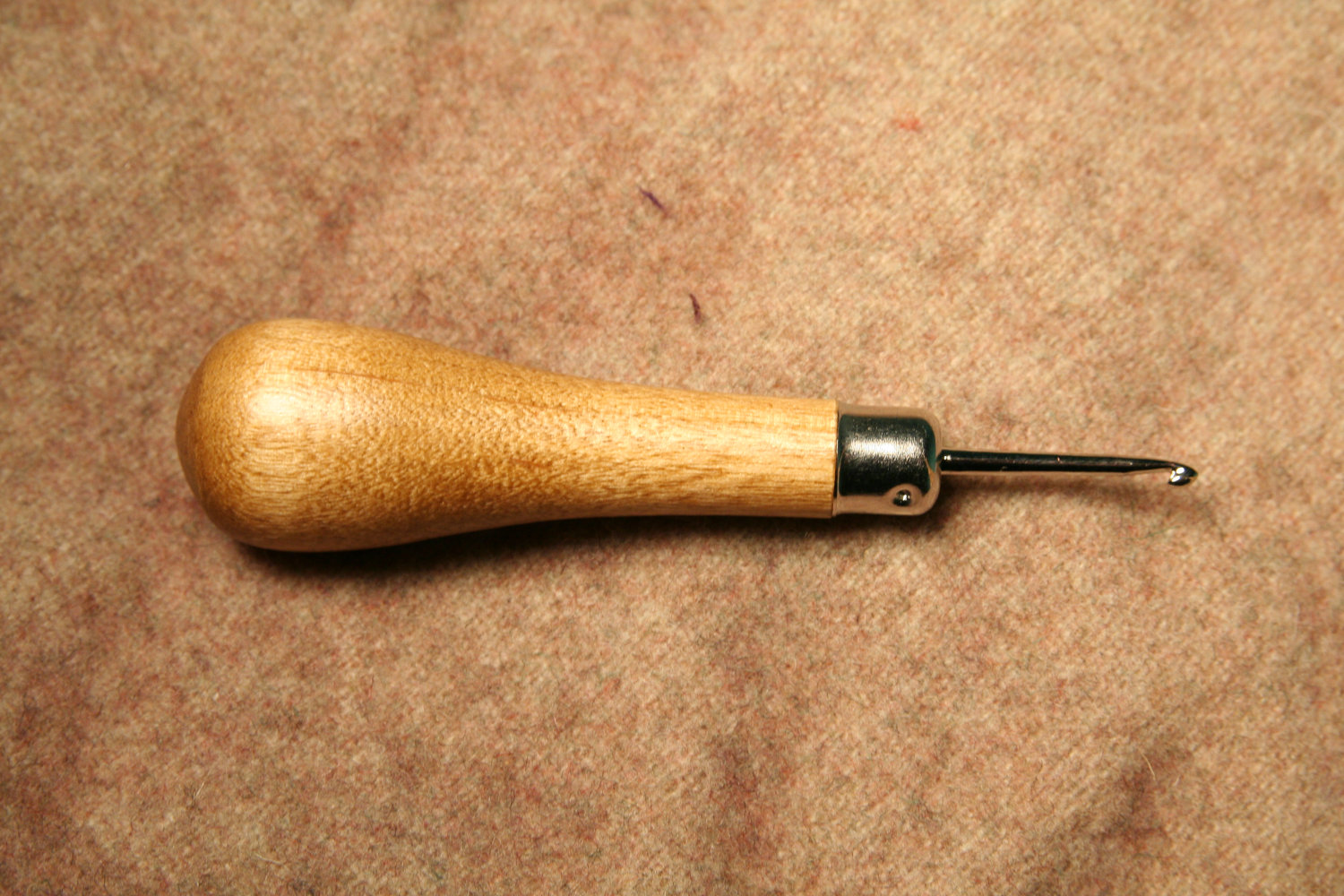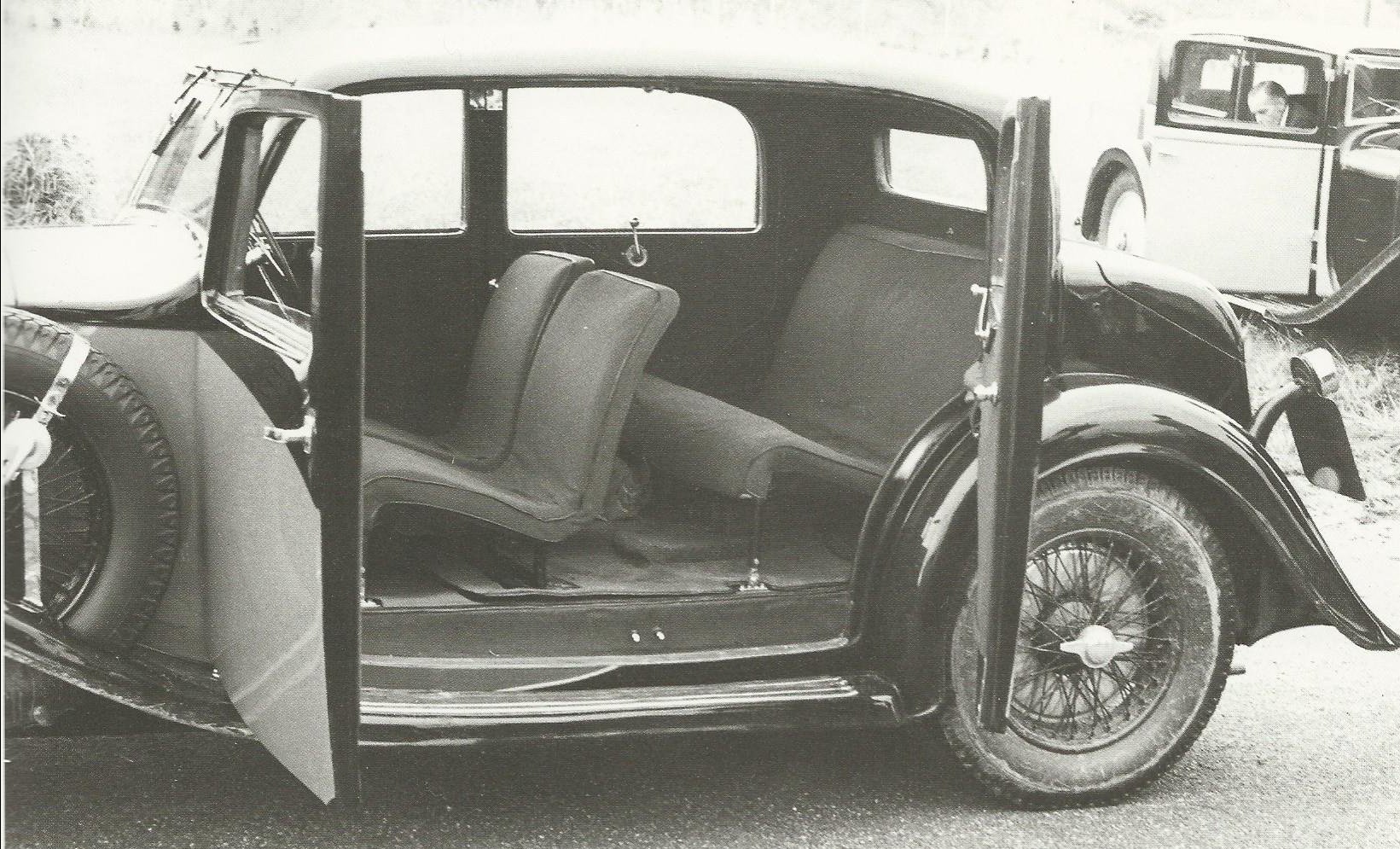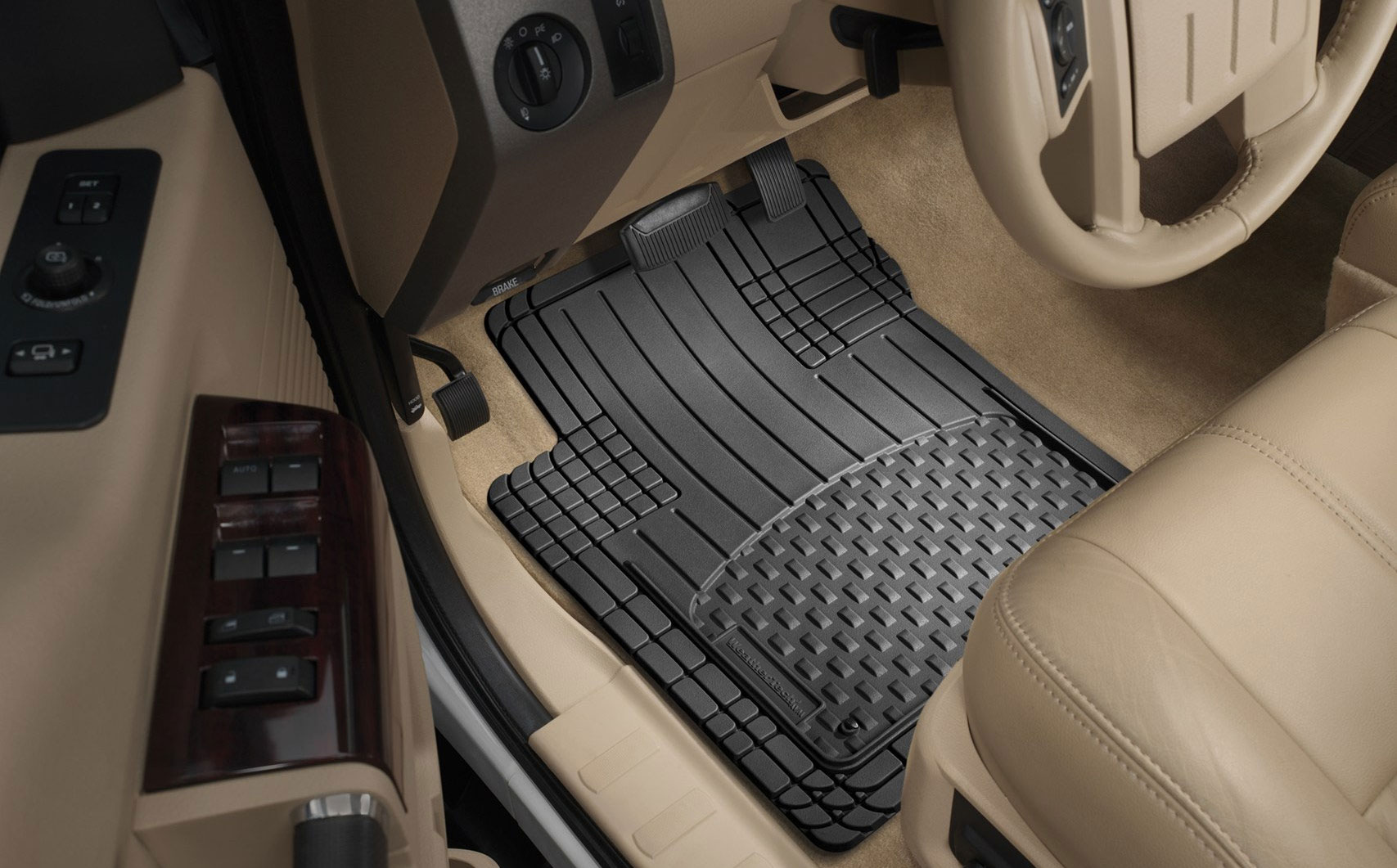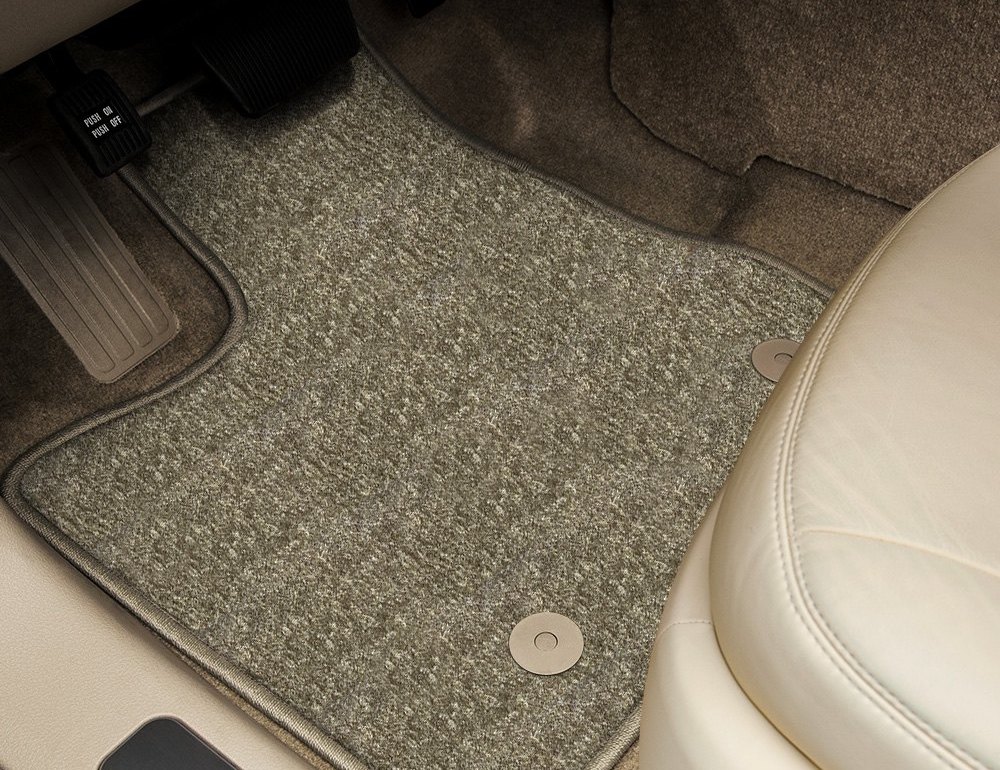The floor mat of one’s car is the most under-appreciated feature in a car. As passengers and drivers, we literally step all over these things with untold evils on the bottoms of our feet.
By the numbers, no part of the car suffers more disrespect than the floor mat. Then, when we’re done with them, we toss them in the garbage without so much as an “I’ll call you sometime.”
Alright, so maybe floor mats aren’t all that sensitive.
In fact, over the years, car floor mats have become one of the most flexible-yet-durable features of a car. They possess the power to upgrade the perceived value of a vehicle when done right, but can also take lives when done wrong.
It’s time we give the car floor mat a little more respect.
Floor Mats
Going way back, I mean way back, humans may have been covering floors with fibers for 25,000 years. The earliest evidence we have is Paleolithic floor coverings made from bark.
This would be hard to prove since most of what we have from then is dust, some bone fragments, and stone. We do know, however, that early civilizations like the Mesopotamians, the humans who lived in the cradle between the Tigris and Euphrates, wove textiles.
They made floor mats. Cars, however, they did not have. In fact, humans didn’t start tooling around in carriages until about 2000 BCE.
The Romans popularized the use of chariots. In more lavish chariots, like the ones used by royalty, they most certainly employed textiles in various ways.
They might not have called them carriage floor mats or tried to match their mats to their interior colors.
Rug Hooking

Rug hooking tool | etsy.com
Humans used to make rugs by weaving fibers or fabrics in a basketweave patterns. These are still popular in craftwork and rural homes. Your grandmother might have a basketweave rug or two. They aren’t so durable, though.
Then, around 1800 A.C.E. we figured out how to repurpose the waste from traditional looms. The discarded yarns we call thrums. It’s possible to repurpose thrums by pulling them through a sturdy base.
We call this technique rug hooking. This practice is not far off how we still make wall-to-wall carpeting and other types of rugs. Of course, today we don’t use discards, but specifically, manufacture fibers.
What really pushed the durability of rug hooking was the introduction of rubber into the industrialized world.
Rubber Floor Mats
Not long after the discovery of the Americas, Europeans adopted the native practice of tapping rubber trees for latex. In 1736, the first samples of rubber made to the French Royal Academy of Sciences.
The Native people of South America, as 18th-century explorers observed, used the material to waterproof textiles.
Then, in 1839, a man named Charles Goodyear developed vulcanized rubber. This material changed so many aspects of human life.
We could now make pneumatic tires, and waterproof almost anything with almost indestructible rubber. In time, we figured out how to make car floor mats that wouldn’t fall apart.
The Romans would have been so proud
Modern Floor Mats
Today’s car floor mats might come standard, as with more upscale cars, but they may come as a dealership amenity. Some dealerships offer upgraded floor mats, branded or using higher-end materials for a premium.
Floor mats range from the rug-hook mats to straight synthetic (like rubber) mats. The harder they work, the less plush and more plastic they are.
For manufacturer-installed mats, since the Toyota recall of 2009, Toyota and other car makers have added anchors to keep them from moving. Driver-side floor mats also don’t go as far forward as they used to, keeping them clear of the pedals.
A good set of car floor mats can still upgrade the feel of a car. It’s not a matter of something one would notice when shopping for a car. One shouldn’t notice the floor mats.
If they’re beat up enough to notice, the message to the buyer is, keep shopping.
Do yourself, your car, and your safety a favor. Respect the mats. Keep ‘em clean. Keep ‘em new. Most importantly, keep ‘em away from your accelerator.




